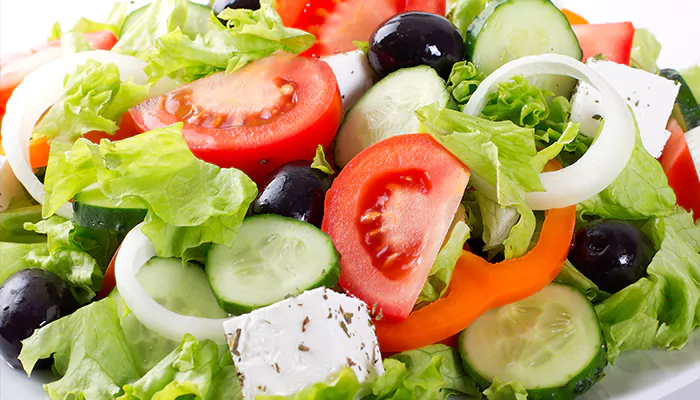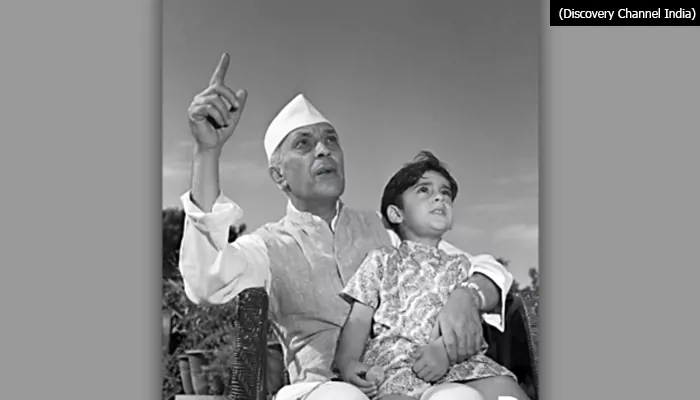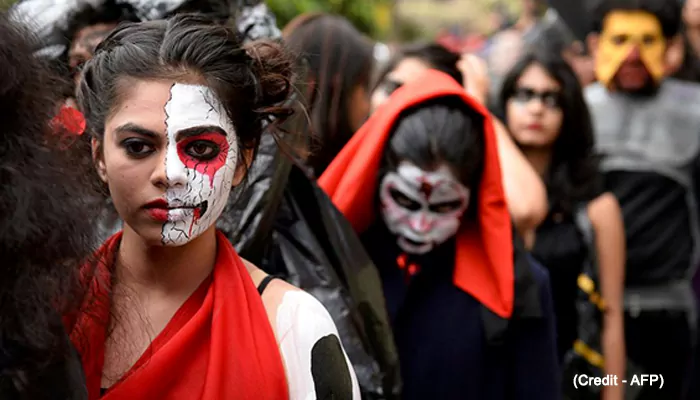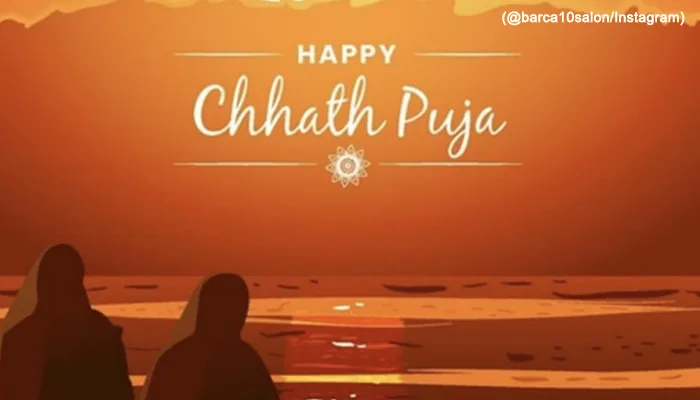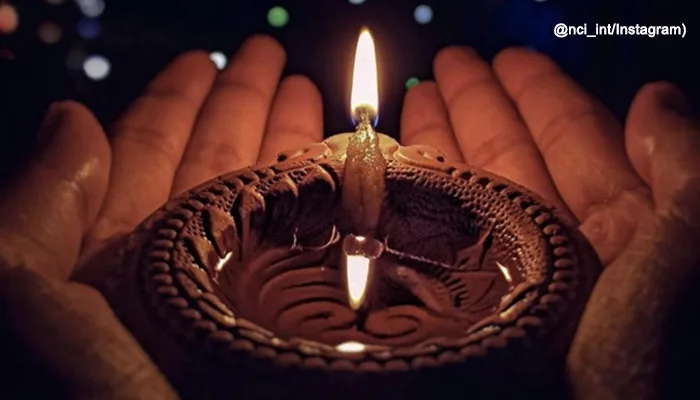Chhath Puja Special: The 36-Hour Fast - How Devotees Manage Without Food & Water
- Admin
- 1 month ago
- 4 minutes read
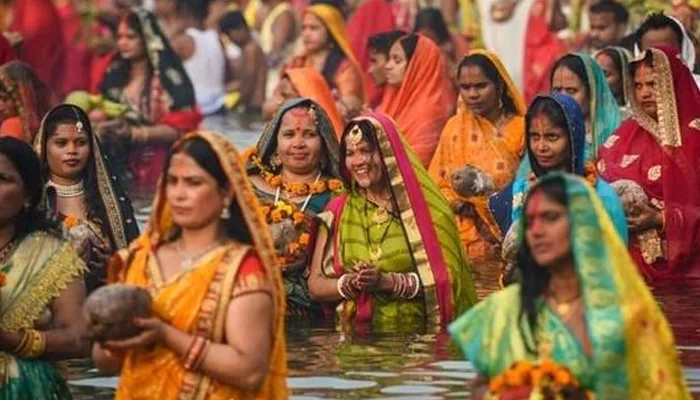
36 hours. No food. No water. Only unshakable devotion.
Every year, as the sun sets on Diwali celebrations, millions across Bihar, Jharkhand, Uttar Pradesh, and parts of Nepal prepare for another grand festival: Chhath Puja.
Unlike any other Indian festival, Chhath isn’t about feasting or fireworks. It’s about faith, endurance, and purity. Devotees, especially women known as vratins, observe a 36-hour nirjala vrat a complete fast without food or even a drop of water.
Sounds impossible? Yet, every year, countless devotees complete it with serene smiles and glowing faces. So how do they do it? Let’s dive into the incredible science, faith, and discipline behind this divine fast.
The Spiritual Significance Behind the 36-Hour Fast
Chhath Puja is dedicated to Surya Dev (the Sun God) and Chhathi Maiya, believed to bring prosperity, health, and longevity. The ritual stretches over four days, with the final two days marking the toughest phase, the nirjala vrat.
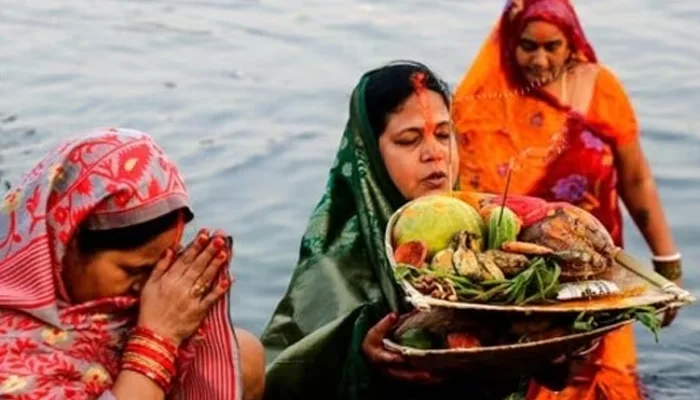
For devotees, this isn’t just an act of abstaining from food or water, it’s a spiritual cleansing ritual. By denying physical comforts, they focus entirely on mental strength, gratitude, and surrender to nature’s energy; the Sun.
In essence, the fast is a dialogue between body, mind, and spirit, symbolizing how faith can sustain the human soul even in the absence of nourishment.
The Discipline Before the Devotion
What most people don’t realize is the 36-hour fast is not a sudden test of endurance. It’s a result of days of preparation.
Before the nirjala vrat, devotees undergo a strict purification ritual:
- Eating only satvik (pure vegetarian) food, no onion, garlic, or salt.
- Avoiding processed or oily meals.
- Maintaining emotional calm and cleanliness at home.
This gradual shift prepares the body for fasting, stabilizes digestion, and prevents sudden fatigue. In many ways, it’s a spiritual detox that aligns both body and mind for the days ahead.
The Science Behind the Strength
You may wonder: How can someone survive 36 hours without water?
The answer lies in both preparation and physiology.
- Hydration Ahead of Time:
In the days leading up to the fast, devotees consume plenty of fluids: coconut water, fruits, and light meals. This pre-hydration helps the body store water and maintain electrolyte balance.
- Reduced Energy Output:
During Chhath, devotees keep physical activity minimal, preserving energy. The fasting state also shifts the body to fat metabolism mode, burning stored energy efficiently.
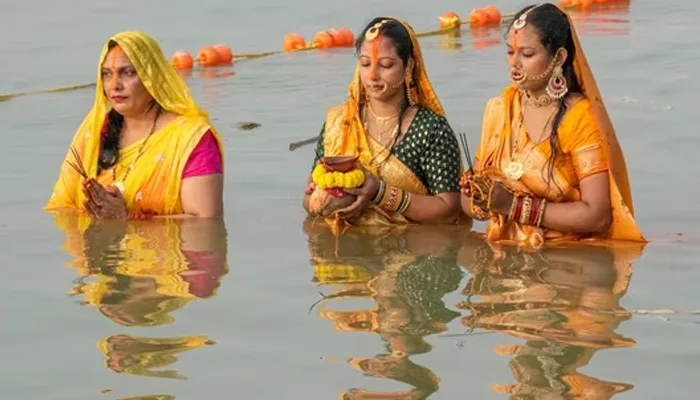
- Mind Over Matter:
Research shows that mental focus and meditation can lower stress hormones and improve endurance. Devotees channel their energy through prayers and chants, creating a deeply meditative state that sustains them beyond physical hunger.
The Emotional High of Chhath Puja
There’s something profoundly moving about watching thousands of devotees standing in rivers at sunrise and sunset, offering arghya to the Sun.
The fast ends only after offering prayers to the rising sun on the final day. As they finally break the fast with thekua and fruits, the atmosphere is filled with emotion relief, joy, and gratitude.
For many, this moment is not just about breaking a fast, but about renewal of body, spirit, and faith.
Community, Support & Shared Devotion
While the fast is deeply personal, Chhath Puja is also a festival of togetherness. Families and communities unite in preparation cleaning ghats, making offerings, and supporting the fasting devotees.
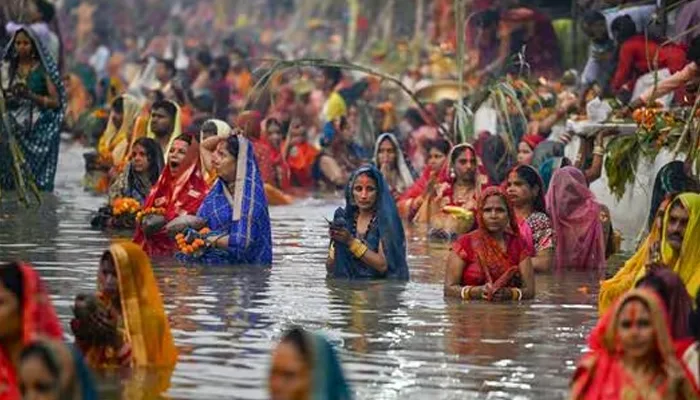
The entire environment becomes charged with positive energy bhajans echo through the air, diyas line the ghats, and people join hands in prayer. This collective spirituality strengthens the willpower of the vratins.
Beyond Religion: A Lesson in Mindful Living
Whether or not you observe Chhath Puja, there’s a lesson here for everyone. The 36-hour fast symbolizes the power of discipline, mental clarity, and gratitude principles we can all apply to modern life.
In a world of instant gratification, Chhath reminds us that strength comes from patience, and that sometimes, the most profound nourishment isn’t from food, but from faith.
The Chhath fast is not about deprivation: it’s about devotion that transcends limits.
It’s a celebration of resilience, purity, and the eternal bond between nature and humanity.
So, as devotees stand waist-deep in water, facing the golden sun with folded hands, they remind us of one timeless truth, when faith is strong, even hunger bows in reverence.



